#Rensselaer Polytechnic Institute | Troy | New York
Photo

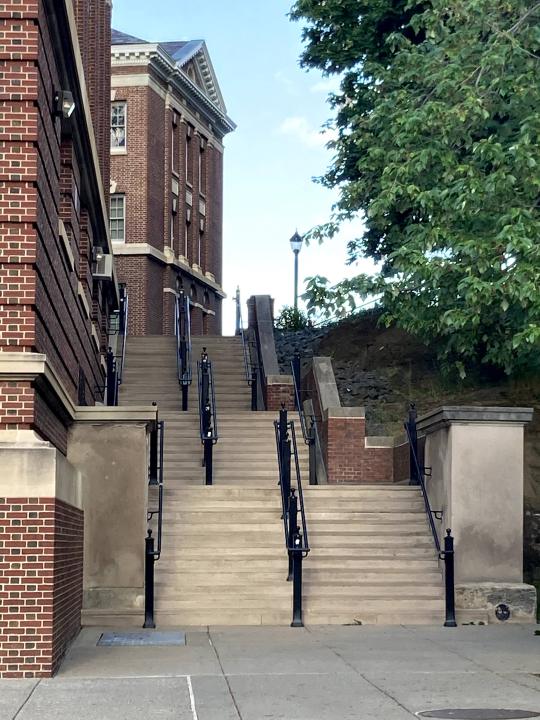
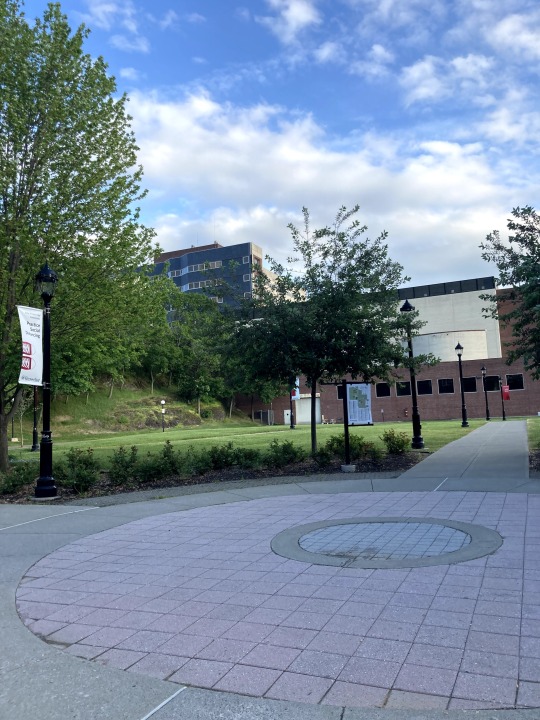


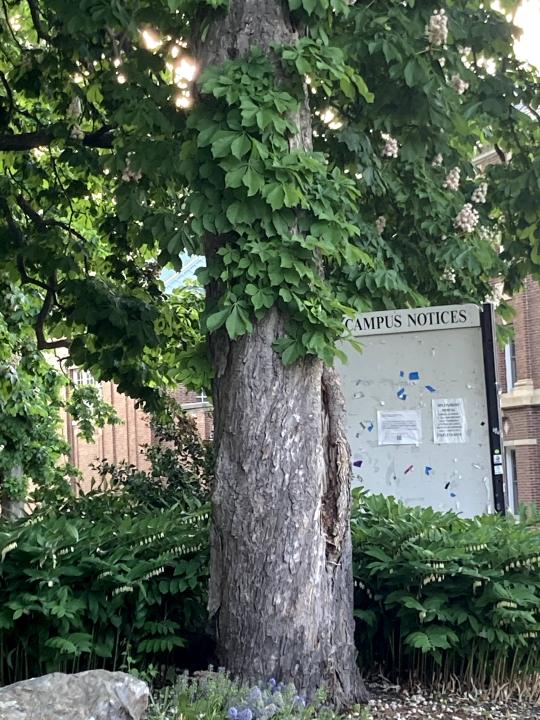
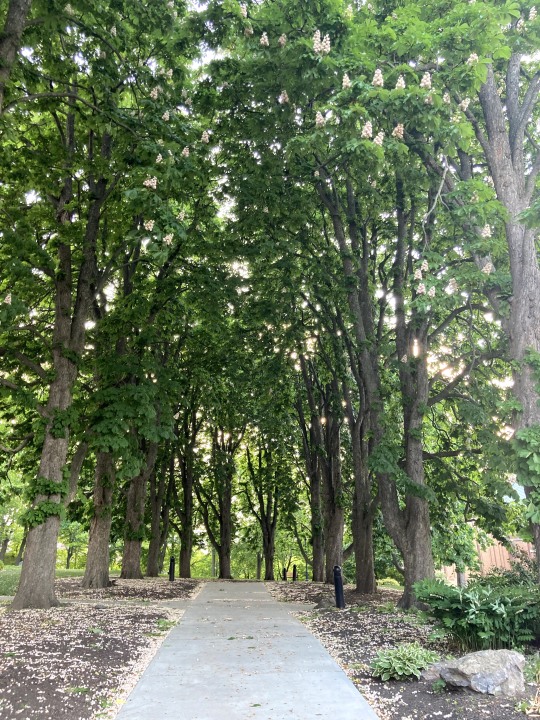
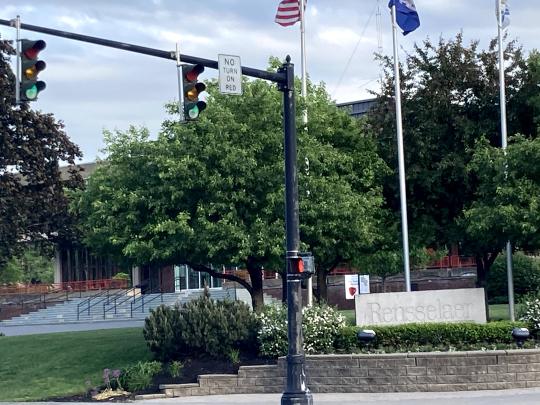
Rensselaer Polytechnic Institute
May 23, 2021
4 notes
·
View notes
Text
Preserving the Shael Shapiro Papers
by Josephine Jenks, Institute of Fine Arts Conservation Center graduate student
Shael Shapiro is an architect best known for designing and helping to legalize live/work loft spaces for artists in downtown Manhattan. Shapiro was born in Brooklyn and studied architecture at Rensselaer Polytechnic Institute in Troy, NY. In 1967, he moved into George Maciunas’ original “Fluxhouse”–an industrial loft building turned artists’ cooperative at 80 Wooster Street in the SoHo neighborhood of Manhattan. It was there that Shapiro “helped mastermind the first conversion of an industrial loft building to residential use.” (Rosenblum 2012). By 1971, several hundred artists were living and working in SoHo lofts, in violation of the city’s zoning laws. That same year, Shapiro played a major role in the writing and ratification of New York’s “Loft Law,” which changed zoning rules to legalize residential use of the SoHo loft spaces.

After the passage of the Loft Law, Shapiro spent the seventies shaping “the transformation of hundreds of dilapidated loft buildings in Lower Manhattan” (Rosenblum 2012). During the fifties and sixties, SoHo had become an economically depressed neighborhood of mostly-vacant, fire-prone commercial buildings. Known as “Hell’s Hundred Acres,” the area was slated for destructive re-development projects like a ten-lane highway proposed by Robert Moses. Shapiro, along with other members of his creative community, fought to preserve SoHo’s identity as a rich site of artistic and cultural production.

The New York University Libraries Special Collections hold hundreds of Shapiro’s architectural drawings and plans. Some were drafted by hand on tracing paper, some are printed on paper or sheets of transparent plastic, and others are duplicates that were made using early copying technologies, such as diazotypes.

Many of the Shael Shapiro drawings were folded or rolled up for several years; some are torn and tattered around the edges. In an effort to expand access to and preserve the condition of these documents, the Barbara Goldsmith Preservation & Conservation Department is undertaking their treatment, rehousing, and potential digitization. The first step of this process is a survey that gathers information about each drawing’s size, materials, content, and condition. Next, the drawings will be sent to the Conservation Center for Art & Historic Artifacts (CCAHA) in Philadelphia for treatment.

Already during the survey, we’ve come across drawings of New York landmarks like the Singer Building, Keens Steakhouse, and Studio 54. It’s been a pleasure to see so much of the city’s architectural history reflected in these drawings, and we’re looking forward to the day when they are safely rehoused and accessible to researchers.
Resources
Bernstein, Roslyn and Shael Shapiro. “George Maciunas: The Father of SoHo.” The Gotham Center for New York City History. May 17, 2011. https://www.gothamcenter.org/blog/george-maciunas-the-father-of-soho
“City Drafts Plan for Lofts in SoHo.” New York Times, January 11, 1971. https://www.nytimes.com/1971/01/11/archives/city-drafts-plan-for-lofts-in-soho-calls-for-legalizing-artists.html
“Guide to the Shael Shapiro Papers.” New York University Archival Collections. http://dlib.nyu.edu/findingaids/html/fales/mss_200/bioghist.html
Rosenblum, Constance. “Less Familiar, but Still a SoHo Presence.” New York Times, December 28, 2012. https://www.nytimes.com/2012/12/30/realestate/shael-shapiro-guiding-sohos-transformation.html
4 notes
·
View notes
Text

Garnet Douglass Baltimore (April 15, 1859 - June 12, 1946) was the first African American to earn a BS from Rensselaer Polytechnic Institute and was an accomplished landscape engineer who made a huge impact on his hometown of Troy, New York. His most notable contribution to Troy was Prospect Park, which is an 84-acre park with a 25-mile view of the Hudson River that many local people consider the most scenic view in Troy. He developed a system to test cement that was adopted by the state of New York and supervised the extension of the “mud lock” on the Oswego Canal.
He earned his BS in Civil Engineering from Rensselaer Polytechnic Institute in 1881. His first job after graduation was as an assistant engineer working on a bridge between Rensselaer and Albany. He was appointed chief of the surveying party for the 56-mile Granville and Rutland Railroad and in 1884 he was an assistant engineer and surveyor on the Erie Canal. He was the engineer in charge of the Sandy Hill Railroad. As a landscape engineer, he was the designer of many cemeteries including Graceland Cemetery in Albany, and was a consulting engineer at Oakwood Cemetery, where he is buried.
He served as the Secretary of the alumni association’s 50-Year Club until his death. He was inducted into the Institute’s Hall of Fame, and each year the school hosts the Garnet Baltimore lecture series. The former mayor of Troy renamed a section of Eighth Street between Hoosick and Congress, Garnet Douglass Baltimore Street. The section ends at the foot of Prospect Park and is on the same street he was born and raised on.
He was born to Peter F. Baltimore and Caroline A. Newcomb Baltimore in Troy. His grandfather Samuel Baltimore was an enslaved who fought in the Revolutionary War after being promised freedom for his service. When this promise was not fulfilled, he escaped to Troy. Upstate New York City was an important stop on the Underground Railroad before the Civil War and continued to attract many prominent African Americans during the later nineteenth century.
He married Mary E. Lane. #africanhistory365 #africanexcellence
0 notes
Text
Rensselaer Polytechnic Institute Unveils IBM Quantum System One
TROY, NY, April 5, 2024 — Today, Rensselaer Polytechnic Institute (RPI) and IBM unveiled the first IBM quantum computer on a university campus. Building on RPI’s bicentennial celebration of 200 years of firsts, the university said IBM Quantum System One will enhance educational and research opportunities for itself and other academic institutions and organizations across the New York region that wish to partner with RPI. Faculty, researchers, students, and collaborators accessing the system will aim to advance quantum computing research, including the search for quantum algorithms that could lead to quantum advantage, while also actively building the next generation of the quantum workforce alongside IBM.
@tonyshan #techinnovation https://bit.ly/tonyshan https://bit.ly/tonyshan_X
0 notes
Text
Il New York College diventa la prima università con un computer quantistico IBM nel campus "scientificamente utile"
Il New York College inaugura un computer quantistico IBM sul campus Il Rensselaer Polytechnic Institute (RPI) di Troy, New York, diventa la prima università ad ospitare un computer quantistico IBM System One sul campus, utilizzabile per la ricerca scientifica. Un nuovo strumento scientifico all’avanguardia Il computer quantistico è dotato di un processore chiamato “Eagle” con 127 bit quantistici (qubit), progettato per affrontare problemi complessi che sarebbero difficili da risolvere utilizzando i supercomputer tradizionali. Un passo avanti nelle scoperte scientifiche Il personale e gli studenti dell’RPI potranno utilizzare questo strumento per esplorare ambiti come chimica, fisica e scienza dei materiali, aprendo
0 notes
Text
Annoyed janitor turns off super-cold freezer, destroying decades of scientific work and causing at least $1M in damages: lawsuit
New York Post
By Steve JanoskiJune 25, 2023 3:51pm Updated
It could be the plot of a dark comedy if it weren’t a science tragedy.
A janitor working in a laboratory who was annoyed by an incessant beep reportedly flipped a switch that killed the noise — but also shut off a storage freezer, destroying decades of scientific work, according to the Rensselaer Polytechnic Institute lab in Troy.
Read…
View On WordPress
0 notes
Text
Major research lost after custodian flips switch on lab freezer, lawsuit claims
Rensselaer Polytechnic Institute filed a million-dollar lawsuit against a cleaning company after a custodian, seeking to stop an “annoying” beep, allegedly turned off a lab freezer and killed decades of “groundbreaking” research.
The school in Troy, New York, had contracted with Daigle Cleaning Systems Inc. to clean the Cogswell Building lab between Aug. 17, 2000, and Nov. 27, 2020, according to…

View On WordPress
0 notes
Text
Janitor heard ‘annoying alarms’ and turned off freezer, ruining 20 years of school research worth $1 million, lawsuit says
CNN —
A university janitor who turned off a freezer after hearing multiple “annoying alarms,” ruined more than 20 years of research, according to a lawsuit filed against his employer by Rensselaer Polytechnic Institute in upstate New York.
The janitor, who is not being sued in the lawsuit, was a contractor with Daigle Cleaning Systems Inc., who worked for several months in 2020 at the private research university in Troy.
The school is seeking more than $1 million in damages and legal fees from Daigle Cleaning Systems as a result of the incident.
The lab’s freezer contained over 20 years of research, including cell cultures and samples, to which a “small temperature fluctuation of three degrees would cause catastrophic damage,” according to the lawsuit filed with the Rensselaer County Supreme Court.
The college does not believe the janitor is at fault but instead blames Daigle Cleaning Systems for failing to properly train and supervise him, according to the suit.
“Defendant, by and through its negligent, careless, and/or reckless supervision and control of [the janitor], caused damage to certain cell cultures, samples, and/or research in the Lab,” the university claims.
CNN has reached out to attorneys forDaigle Cleaning Systems.
“We don’t believe there was any nefarious conduct (on the) part of the cleaning company,” Michael Ginsberg, the attorney for Rensselaer. “This was a result of human error. The core of the case, however, is that the cleaning company failed to adequately train their personnel. A cleaner should be trained to not attempt to remedy an electrical issue.”
The lawsuit states that cell cultures and specimens in the freezer needed to be maintained at -80 degrees Celsius and a small fluctuation of 3 degrees would cause damage, so alarms would sound if the temperature increased to -78 degrees or decreased to -82 degrees.
...
Despite the alarm, Lakshmi and her team determined that the cell samples would be safe until emergency repairs could be done, the suit said. While Lakshmi waited for the freezer’s manufacturer to come perform repairs, her team added a safety lock box around the freezer’s outlet and socket. A warning was posted on the freezer, according to the court filing.
“THIS FREEZER IS BEEPING AS IT IS UNDER REPAIR. PLEASE DO NOT MOVE OR UNPLUG IT. NO CLEANING REQUIRED IN THIS AREA. YOU CAN PRESS THE ALARM/TEST MUTE BUTTON FOR 5-10 SECONDS IF YOU WOULD LIKE TO MUTE THE SOUND,” the warning read, according to the suit.
But, on September 17, the janitor heard what he later called “annoying alarms,” according to the suit. In apparent attempt to be helpful, he flipped the circuit breakers, which provided electricity to the freezer, mistakenly turning them from “on” to “off,” according to the lawsuit. It said the freezer’s temperature rose to -32 degrees Celsius.
The next day, research students found the freezer switched off and despite attempts to preserve the research, a majority of the cultures were “compromised, destroyed, and rendered unsalvageable demolishing more than twenty years of research,” the lawsuit states.
0 notes
Photo
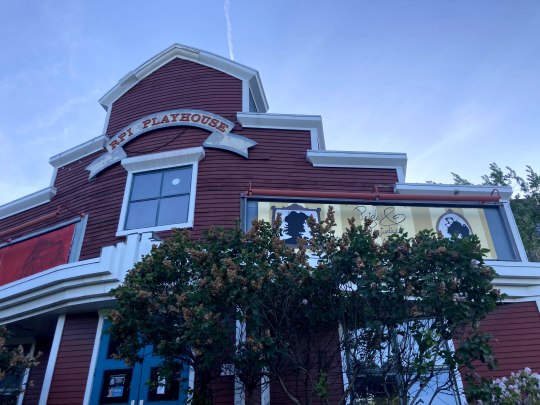
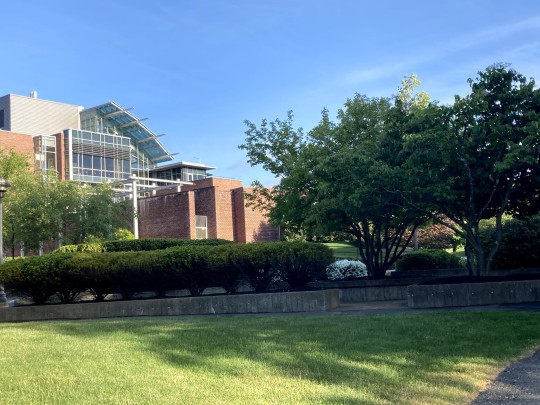
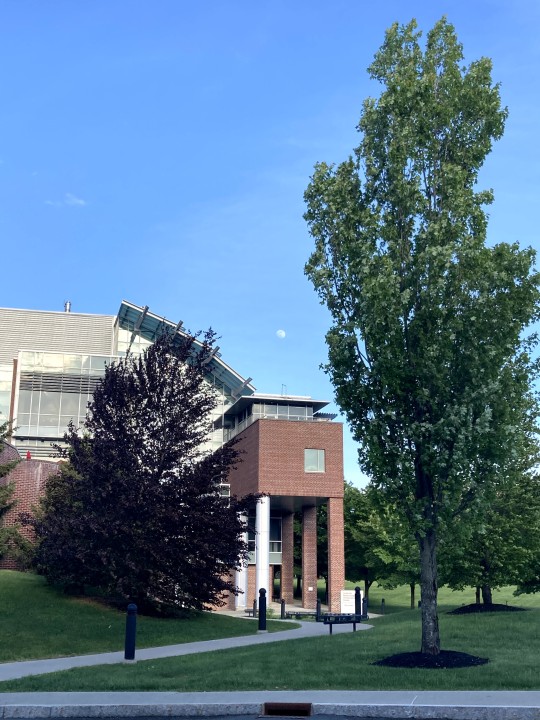
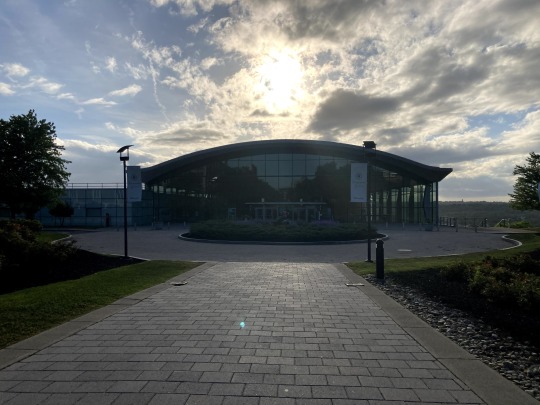
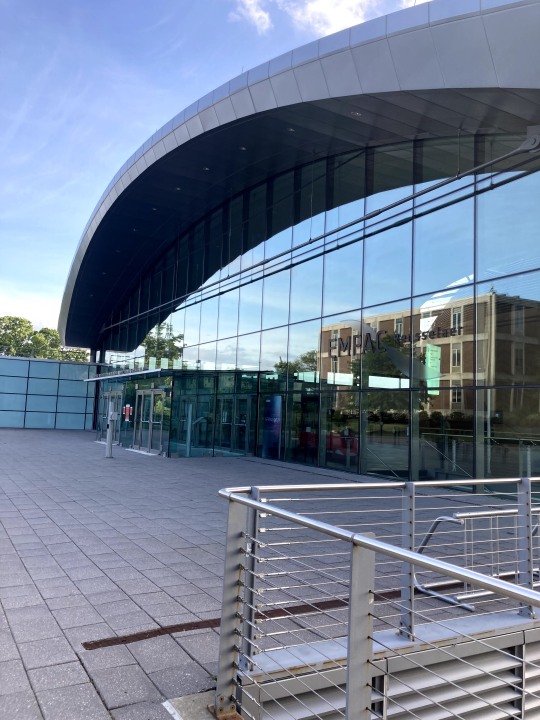

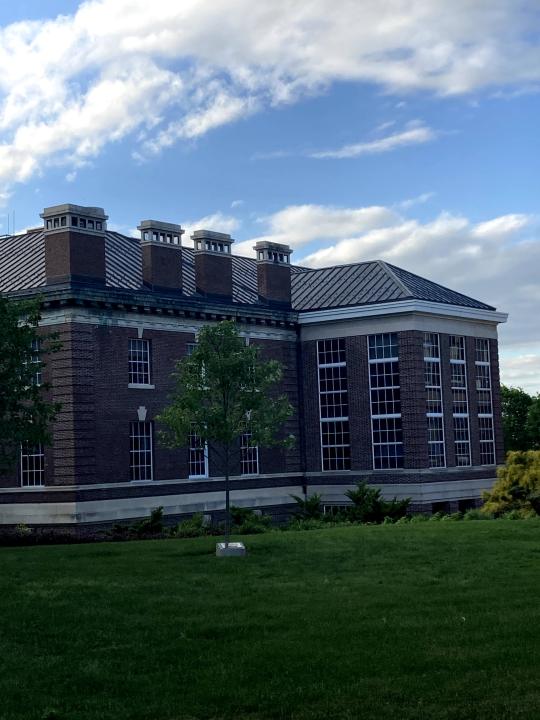

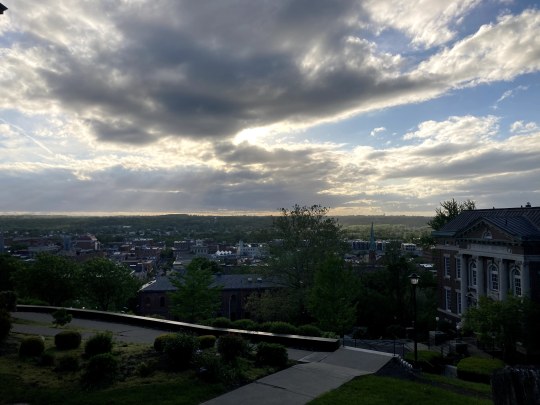
Rensselaer Polytechnic Institute
May 23, 2021
#Rensselaer Polytechnic Institute#RPI#Lally School of Management#Troy#New York#Upstate New York#RPI Playhouse
1 note
·
View note
Text
Theodore Essenfeld biography: 10 things about US Navy captain from Chula Vista, California
Theodore E. Essenfeld is a white man from California, United States. He is a captain in the U.S. Navy.
Essenfeld is an alumnus of Rensselaer Polytechnic Institute in Troy, New York, USA. Here are 10 more things about him:
youtube
View On WordPress
0 notes
Text
The Rensselaer Polytechnic Institute’s Engineering Programs

A graduate of the Rensselaer Polytechnic Institute (RPI) in Troy, New York, Clifford "Cliff" Kigar performed well athletically and academically. In addition to high ranks in the school’s lacrosse program, Cliff Kigar received the Rensselaer Medal, a four-year scholarship for students with strong math and science skills.
As of 2022, Rensselaer’s School of Engineering consists of seven departments, and its students can earn one of 11 bachelor's, master's, or doctoral degrees in varied fields. For example, the mechanical engineering program teaches the design of machines like aircraft and spacecraft while teaching the uses of nuclear power.
Electrical and computer engineering, the engineering school’s most widely-applicable and flexible degree, allows students’ interests to shape their coursework. The bioengineering degree combines STEM design practices with medical knowledge, leading to products like prosthetics, medical devices, and drug delivery technology.
Rensselaer’s School of Engineering’s most unique program is the Design, Innovation, and Society (DIS) dual major. Alongside the School of Humanities, Arts, and Social Sciences, students take seven semesters of integrated coursework about core mechanical engineering principles and product design. Students also learn the marketing side of product design and how to use software like drawing and prototyping suites to create and market products that solve problems at all scale levels.
1 note
·
View note
Photo
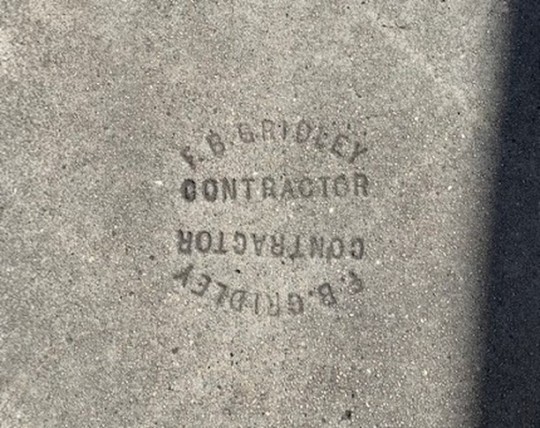
F. B. Gridley Contractor (Photo taken by Glen Creason on Olive near 1st in Burbank, California)
In 1902, there is an F. B. Gridley who was a graduate of the Rensselaer Polytechnic Institute who was working as Assistant Chief Engineer for the Yale Mining Company at Hedley City, British Columbia, Canada (The Polytechnic, Volume 19, Rensselaer Polytechnic Institute, 1902).
In 1909, there is an F. B. Gridley who is Deputy City Engineer in Troy, New York (The Journal of the American Society of Engineering Contractors, Volumes 1-2, p. 36, American Society of Engineering Contractors, 1909).
Can’t say if the above are this Gridley, but everything below certainly is. He “operated extensively here a few years ago as a street and highway contractor” (”Personal and Trade Notes,” Southwest Builder and Contractor, Volume 55, March 5, 1920, p. 11, F.W. Dodge Company, 1920).
In 1912, there is evidence of Gridley losing bids in Burbank and Tropico and submitting bids in Burbank and to the Los Angeles board of supervisors. He did also win contracts in Burbank, such as “constructing walks, curbs and gutters at the county hospital grounds.” (Southwest Contractor and Manufacturer, Volume 9, 1912 and Southwest Contractor and Manufacturer, Volume 10, 1912).
In 1913, Gridley was “awarded the contract for improving mcdougal St., from Porter ave. to O’Melveny St.” including grading, macadamizing, cement gutter, cements sidewalk, and cement curb in San Fernando, CA (Good Roads, February 8, 1913, p. 7; Good Roads: Devoted to the Construction and Maintenance of Roads and Streets, Volume 43, E. L. Powers Company, 1913).
From 1917 to at least 1920, Gridley was “doing oil fields construction work south of Tampico, Mexico,” but he told the PAPER NAME that he couldn’t sleep there with “life and property being so insecure” so he was back here “looking over the construction situation with a view of resuming contracting” (”Personal and Trade Notes”). However, I found nothing that would show he did resume construction in the Los Angeles area.
0 notes
Photo
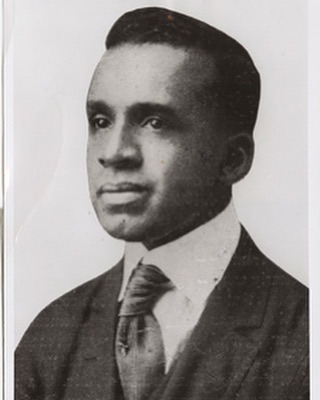
George Biddle Kelley July 24, 1884 - May 5, is a founding member (Jewel) of Alpha Phi Alpha Fraternity. He was born in Troy, New York. His father, Richard, was a runaway slave who had come north and volunteered to serve with the 54th Massachusetts Infantry, the first government-recognized unit of African American troops to fight in the Civil War. His mother, Mathilda, was the daughter of a distinguished AME minister, the Rev. W.H. Decker, from Newburgh, New York. He attended the Troy Military Academy and upon graduation, he entered Rensselaer Polytechnic Institute. In 1905 he enrolled in Cornell University’s College of Civil Engineering. He joined a social studies club composed of African American students. His skills and leadership gained him the position of treasurer. The club began work in the local community, especially with the local AME Zion Church. On December 4, 1906, he chaired the meeting that changed the club into a fraternity. He became the first president of Alpha Phi Alpha Fraternity’s Alpha Chapter. He was a leader in naming, early logo designs, and initiation rituals for the fraternity. After graduating, he registered with the State of New York Engineering Board and became the state’s first certified African American engineer. He spent half his career with New York’s Engineering Department, contributing to many projects including New York State’s Barge Canal. He worked in taxation, first with the state of New York and in as a tax consultant. In September of 1934, he married Harriet (Gross) Kelley. He was ordained an elder with the Liberty Presbyterian Church despite being raised in the AME Zion Church. He was a director of Troy’s Central YMCA and vice chairman of the Troy Council of the New York State Anti-Discrimination Commission. He was a Mason (32nd degree) in the Prince Hall Masonic Organization and a longtime member of Troy’s NAACP chapter. His involvement with the community did not prevent his continuing work with the fraternity. His efforts contributed to ensuring the values set by its founders remained a cornerstone. He was a strong advocate for ensuring the college members were heard. #africanhistory365 #africanexcellence #alphaphialpha https://www.instagram.com/p/Cgj5N4Sr9ySa-PwnGi__x9z0SU6BeW3WHvWHJg0/?igshid=NGJjMDIxMWI=
0 notes
Photo

Bill Gates quotes,"We're changing the World with Technology." Truely says Steve Jobs, that Technology alone is not enough. Honourable Ex- Vice Chancellor and present Director Research, Rkdf University, Gandhi Nagar, Bhopal, Dr. V. K. Sethi is a man of vision and mission. Dr. Sethi visited Rensselaer Polytechnic Institute- Private University in Troy, New York(RPI), from 20th May, 2016- 10th June, 2016 and Birmingham, Alabama, USA from 5th September, 2017-8th September, 2017 and carried out Technology Transfer Process of Solar Thermal Storage and also took up a one week class on Carbon Sequestration at the University of Alabama
For more details visit www.rkdf.ac.in or contact us at 1800-2700-320
#rkdfuniversity #education #students #college #study #learning #student #career #knowledge #university #bhopal #MadhyaPradesh
0 notes
Photo
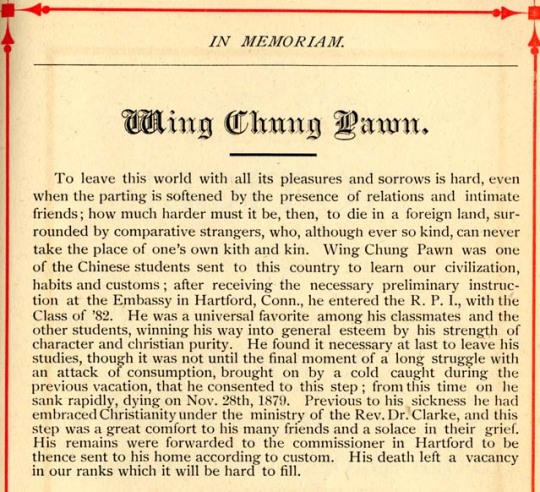
The first Chinese students at the Rensselaer Polytechnic Institute were Wing Chung Pawn and Kwok S. Loh, who roomed together at a boarding house on Second Street. Their fellow students referred to them as the “celestials”, which was a term often used for Chinese who were subjects of the emperor, or “Son of Heaven”. China was ruled by the Qing Dynasty at this time.
Wing Chung Pawn died from tuberculosis in 1879. In 1881, an entry in the Transit stated that Loh “our only remaining Celestial...will doubtless astonish all Chinadom some day with his patent system of duplex telegraphy.” Loh returned to China that year having almost, but not quite, finished his degree. An article in the China Monthly Trade Report (June 1st, 1928) mentions him:
It is difficult to state when “better roads” was first voiced in China. The original advocate seems to have been Mr. Lo Kou-shui, who while serving as technical secretary and adviser to the Ministry of Communications in 1913, strongly urged the adoption of a highway program as a complement to the construction of a national system of railways then being drawn up. In his opinion any large investment in new railways would fail to bring adequate returns unless feeders in the form of modern roads were constructed to permit the produce of the tributary districts being cheaply transported to the railway. Mr. Lo at that time ranked as one of China’s foremost foreign-trained engineers, being of the first group of American returned students and a graduate of Troy Polytechnic Institute. His constant urging upon the Peking authorities to place such a plan into practice resulted in a presidential mandate being promulgated on November 15, 1919, stipulating certain regulations for the constructions of new roads...Unfortunately the promulgation of this presidential mandate amounted to nothing more than a paper transaction, in so far as any real impetus for the creation of a national highway system was concerned.
The Chinese Exclusion Act was passed in 1882. Although it didn't prohibit international study, the next group of Chinese students didn't enter RPI until 1907.
#history#education#engineering#transportation#journalism#qing dynasty#usa#china#new york#troy (ny)#beijing#rensselaer polytechnic institute
52 notes
·
View notes
Text
youtube
SORORITY FALL FORMAL! | RPI Pi Phi 2021 Fall Formal Gig Log
Published by Nick McPherson
#Rensselaer Polytechnic Institute#RPI#Troy#New York#Pi Beta Phi#PiPhiRPI#Epsilon chapter#sorority news#sorority#sororitygirls#sorority girls#sororitylife#sorority life#sisterhood#greek life#Youtube
1 note
·
View note